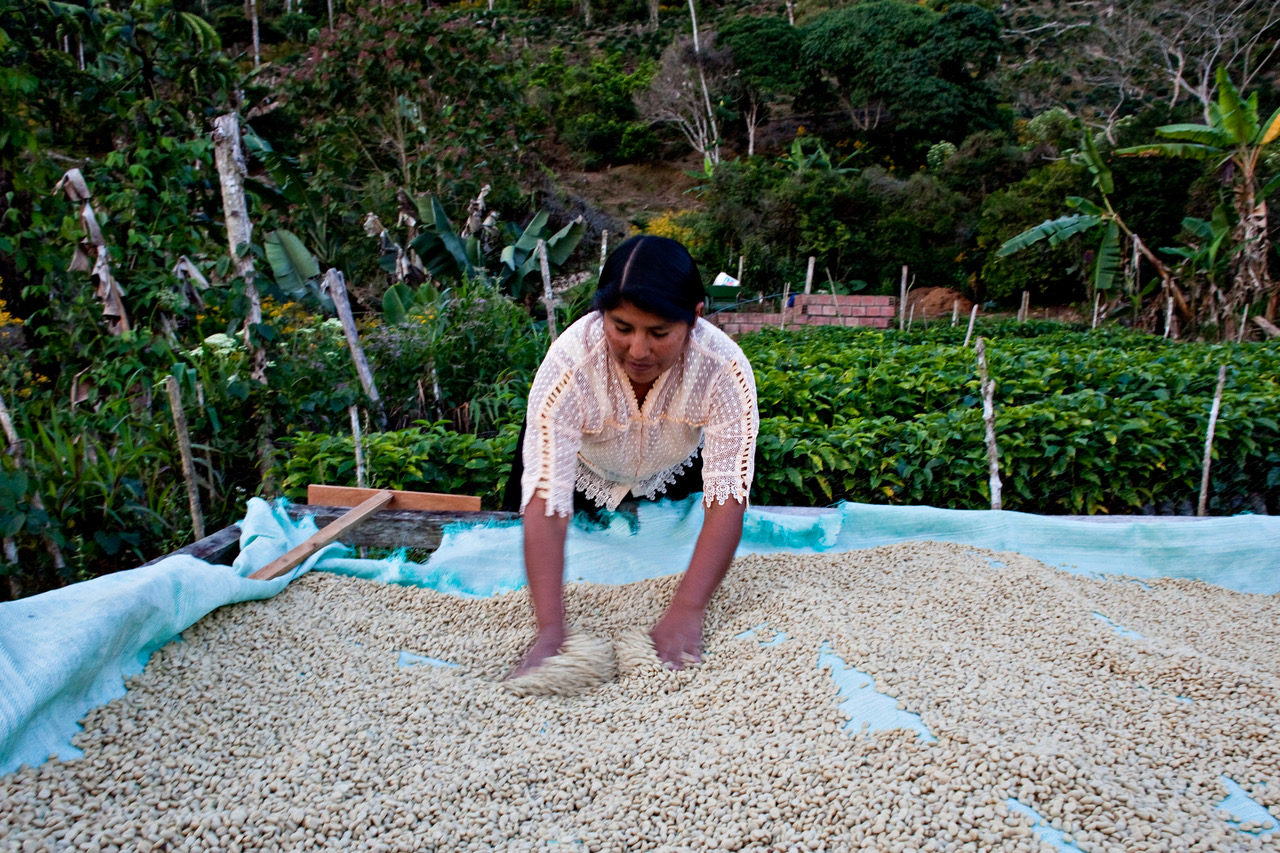Guatemala has what coffee producing area Guatemala grows coffee varieties Introduction

Professional coffee knowledge exchange more coffee bean information please follow the coffee workshop (Wechat official account cafe_style)
There are eight coffee producing areas in Guatemala, which have tropical rain forests, volcanic geology, plateau valleys and more than 300 kinds of microclimates intertwined with the neighboring Atlantic and Pacific oceans, thus creating a unique flavor in different regions. Among them, the coffee from Antigua and Highland Huehue is the most famous.
The coffee beans planted are all Arabica coffee beans, which are highly praised for their unique climate, good acidity and multi-level rich flavor. Most of the coffee from Guatemala is graded at altitude and most of the raw beans are washed.
Guatemala has been growing coffee since around 1850. Before World War I, the Germans controlled as much as 80% of the country's production, most of which was exported to Germany. ANACAFE, the official coffee farmers' association, divided the country into eight regions according to region and flavor in the 1990s, and registered trademarks to promote the origin. These include Antigua, Acatenango, Huehuetenango and Atitl á n, where many award-winning farms are located. Common beans in Guatemala today include Typica, Bourbon, Caturra, Catua í, Pacas, Maragogype, Pacamara (a hybrid of the first two), Pache Comum (a local variety of Typica), and Gesha.
Guatemala, also known as Guatemala, is a major Mayan town. Located in the tropics, it sits on top of 37 volcanoes, two of which erupted in 2010. Coupled with frequent tornadoes and natural disasters everywhere, it is a veritable "dangerous place". However, fertile volcanic soil, undulating mountains and changeable microclimate are ideal conditions for growing coffee. As of 2011, Guatemala was the country with the highest coffee production in Central America.
Coffee was really introduced into Guatemala in 1750, when the Champs seed was brought here by a priest named Jesuit. By the end of the 19th century, German colonists developed the coffee industry here. Today, most of the coffee industry is produced in the south of the country. There are ideal conditions for growing fine coffee, such as the mountains of Mount Madre and some high elevations. Can make coffee grow full of vitality. Guatemala's extra-hard coffee beans are rare good caffeine, with full particles, delicious taste and balanced acidity. In addition, the size of coffee particles is larger than other coffee beans is also one of the characteristics of Guatemala coffee beans.
END
Important Notice :
前街咖啡 FrontStreet Coffee has moved to new addredd:
FrontStreet Coffee Address: 315,Donghua East Road,GuangZhou
Tel:020 38364473
- Prev

Delicious Paradise through Death Highway_Stories of Bolivia's Coffee Regions
Professional coffee knowledge exchange More coffee bean information Please pay attention to coffee workshop (Weixin Official Accounts cafe_style) If you want to say that coffee beans grow in heaven, it is Bolivia. This producing area can be regarded as one of the most recommended fine coffee producing areas in Xiaobian. The coffee beans in this producing area are mostly sweet and very pleasant, but the number of coffee beans is very small.
- Next

Common varieties of coffee in Honduras introduce the common treatment methods of coffee in Honduras
Professional coffee knowledge exchange more coffee bean information please follow the coffee workshop (Wechat official account cafe_style) Coffee from Honduras is wet-processed, usually inconspicuous in quality and is a good base for blending
Related
- Detailed explanation of Jadeite planting Land in Panamanian Jadeite Manor introduction to the grading system of Jadeite competitive bidding, Red bid, Green bid and Rose Summer
- Story of Coffee planting in Brenka region of Costa Rica Stonehenge Manor anaerobic heavy honey treatment of flavor mouth
- What's on the barrel of Blue Mountain Coffee beans?
- Can American coffee also pull flowers? How to use hot American style to pull out a good-looking pattern?
- Can you make a cold extract with coffee beans? What is the right proportion for cold-extracted coffee formula?
- Indonesian PWN Gold Mandrine Coffee Origin Features Flavor How to Chong? Mandolin coffee is American.
- A brief introduction to the flavor characteristics of Brazilian yellow bourbon coffee beans
- What is the effect of different water quality on the flavor of cold-extracted coffee? What kind of water is best for brewing coffee?
- Why do you think of Rose Summer whenever you mention Panamanian coffee?
- Introduction to the characteristics of authentic blue mountain coffee bean producing areas? What is the CIB Coffee Authority in Jamaica?

